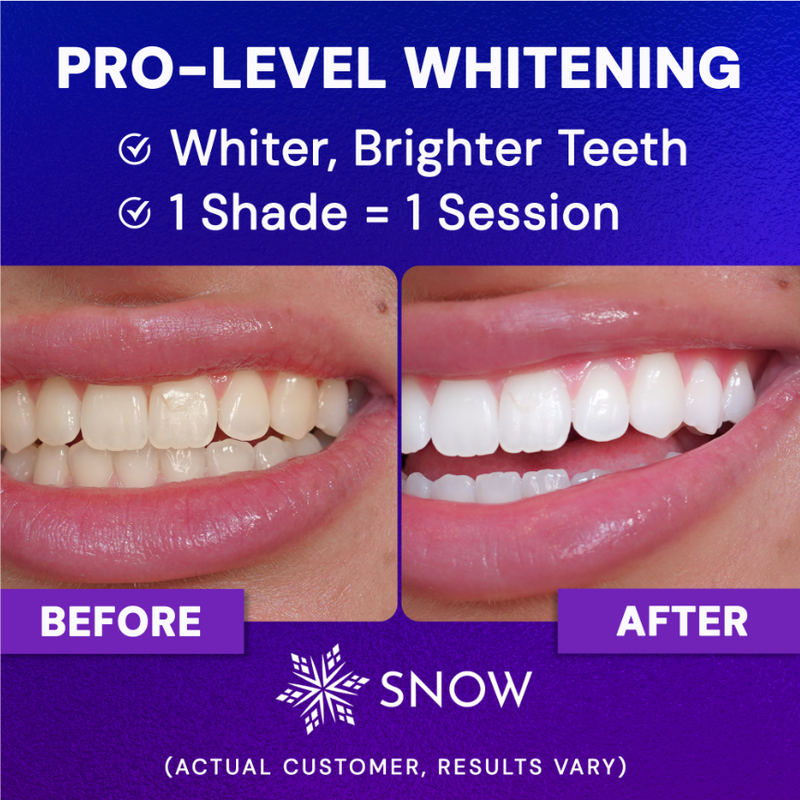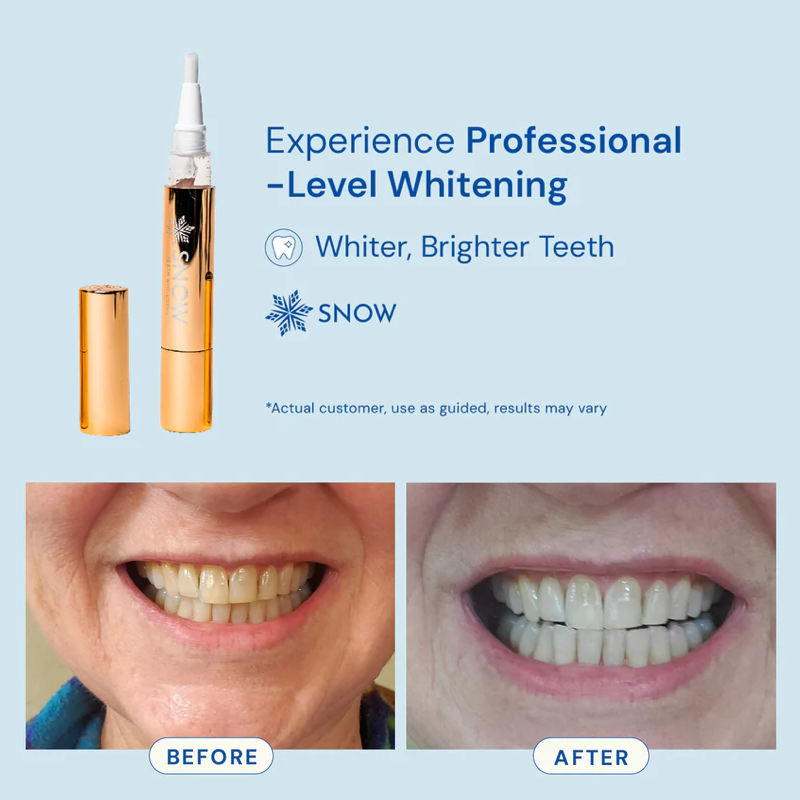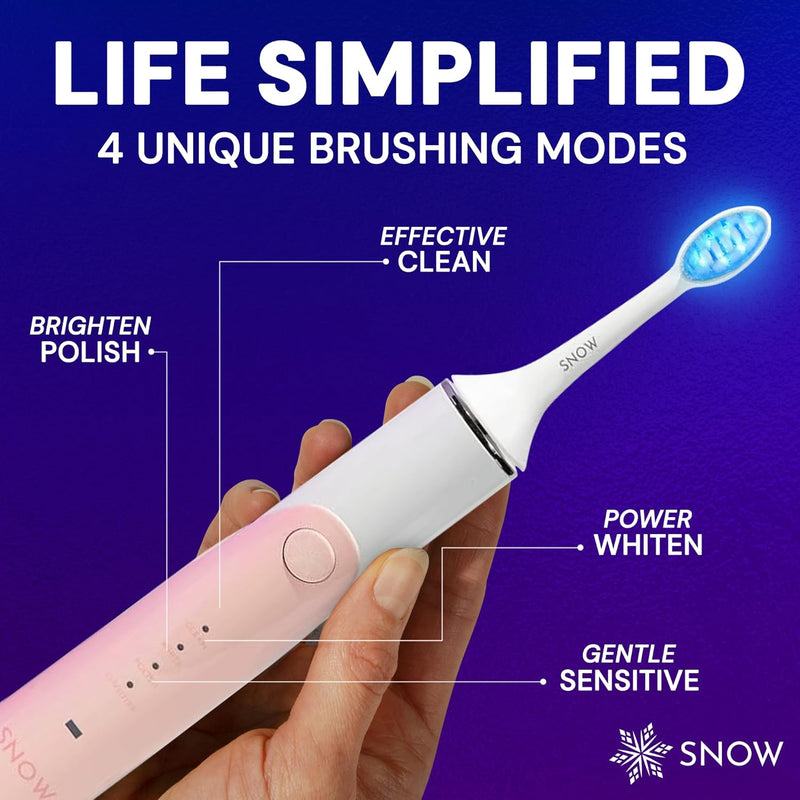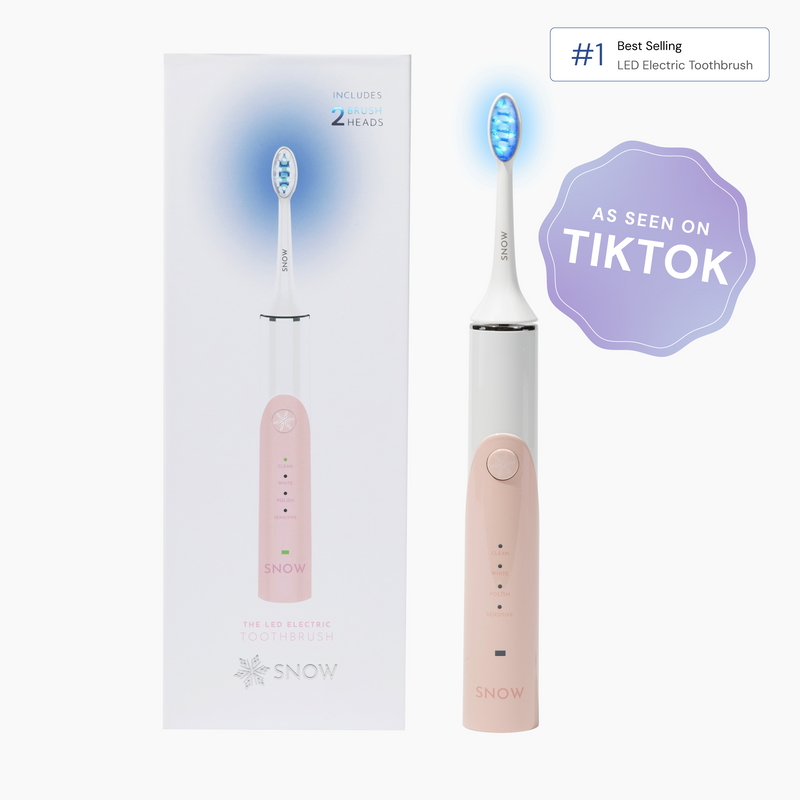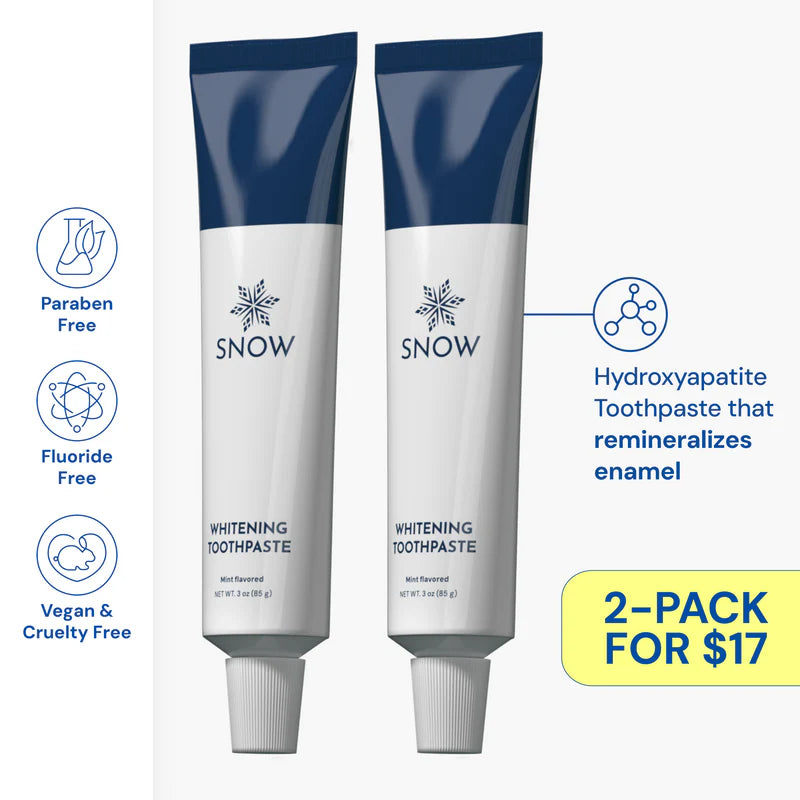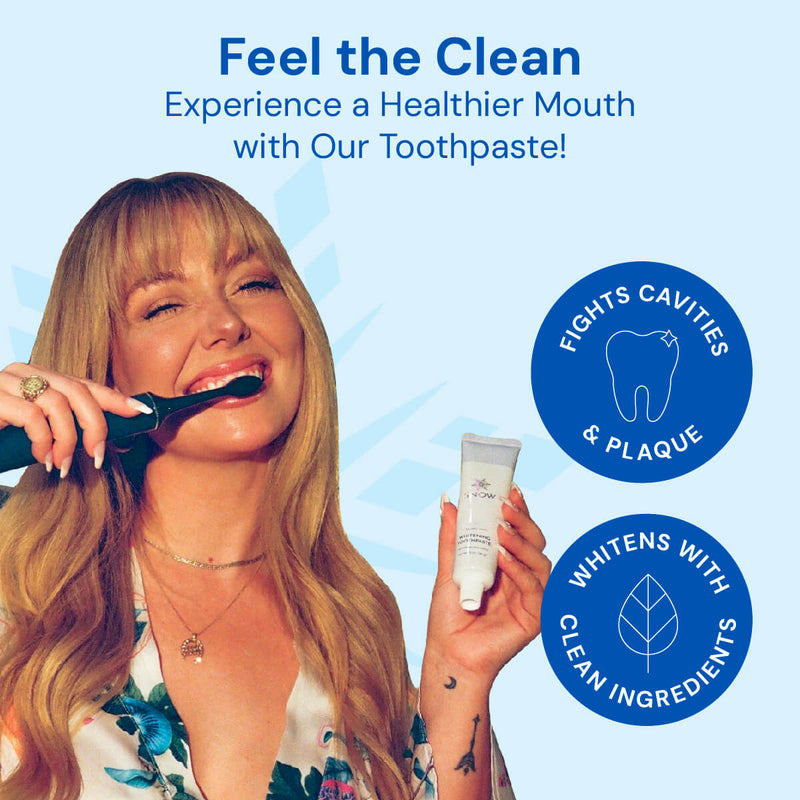DISCLAIMER: Whitening your teeth with lemon is not recommended because it can damage your tooth enamel. The following article is for informational purposes only.
Having white teeth is one of the finest ways to feel beautiful and confident. In addition, the best approach to acquiring white teeth is to go to the dentist for a teeth whitening treatment or utilize teeth whitening products at home. These teeth whitening methods are both quick and efficient.
Applying lemon juice or lemon peel to your teeth as a home remedy has become a popular technique for naturally whitening teeth in your home. Is the process of whitening with lemon really that easy, and is it safe for your health (Hint: No, it isn’t)?

WHAT EXACTLY IS MEANT BY TEETH WHITENING WITH LEMON?
Teeth whitening refers to the process of lightening your smile through the use of bleaching agents like hydrogen peroxide. Therefore, lemon juice or lemon peel for teeth whitening is all that is involved in lemon teeth whitening.
You are probably more aware of traditional teeth whitening methods, which employ substances like hydrogen peroxide to make white teeth. The premise behind using lemons for whitening teeth is similar to the conventional methods.
Citric acid, which can be found in lemons, is a well-known natural bleaching agent that may be used on fabrics and hair, and skin and is used to make teeth white. When administered to the teeth, citric acid can remove stains and make teeth white. On the other hand, the fact that it is effective as a bleaching agent only sometimes makes it the best answer for your smile or overall oral health.
IS IT HEALTHY TO WHITEN YOUR TEETH WITH LEMON?
pH 2.3 is quite low for lemons. Acidity increases with pH. Lemon juice damages your smile and oral health when applied directly.
Even though lemon is a natural substance, that does not guarantee that it is healthy for your teeth as a home remedy for teeth whitening. Lemon is highly acidic and has a low pH of 2.3; enamel tooth erosion from ascorbic acid can be caused over time by eating and drinking acidic foods and beverages. In a nutshell, it has the potential to whiten your teeth, but it also has the potential to erode the enamel that protects your teeth, causing a need for further dental care.
In fact, a study conducted in 2018 showed that lemon juice notably led to erosion of the enamel and inner dentin of the teeth, making it not a particularly great teeth whitener.
Suppose you use lemon as a teeth whitener excessively or too regularly. In that case, it can cause the outer layer of your enamel to wear away, increasing the likelihood that you will have dental sensitivity or tooth decay, allowing the harmful bacteria responsible for cavities to penetrate your teeth.
It should be no surprise that most general dentist professionals do not recommend using lemon as a home remedy to remove stains or whiten teeth. However, if you are truly interested in giving it a shot, the American Dental Association recommends that you consult with a dentist beforehand and limit the number of times you do it per week to no more than twice.
DOES USING LEMONS TO WHITEN TEETH WORK?
It does, although it can take some time before benefits are seen. Expecting the same outcomes as those achieved with ADA-approved teeth whitening strips or professional whitening is unrealistic. Lemon is terrible for your teeth, but you must use it frequently to see visible benefits quickly, often resulting in damaged enamel.
Lemon might be an effective at-home cure for recent stains for persons who wear dentures. It is not advised for fixed teeth.
HOW TO USE LEMON TO WHITEN TEETH
LEMON JUICE AND BAKING SODA WHITENING PASTE
It shouldn't come as a surprise because baking soda appears to be useful for everything. You only need this miraculous substance to brighten your smile. Its alkaline and gritty nature gently exfoliate stains from your teeth while restoring the proper pH levels in your mouth. It will also absorb the abrasive acidity of the extra lemon juice.
The following ingredients are required to make homemade whitening paste:
- 2 to 4 tablespoons of baking soda
- Suitable amounts of water or lemon juice to produce a paste
- A toothbrush with soft bristles
How to Make It: Add the necessary quantity of baking soda to a small dish or jar. Then, while stirring, gradually add lemon juice or water. The additional liquid will vary based on the amount of baking soda. Once the paste has reached the required consistency, generously apply it to your toothbrush and scrub for two to three minutes. Repeat the method several times a week or until the desired outcomes are attained.
THREE OTHER COMMONLY USED NATURAL WHITENING METHODS
Most known natural teeth whitening methods are not ADA-approved and lead to dubious or damaging results. Again, the following is for informational purposes only. Snow recommends only proven methods of whitening teeth, such as our SNOW whitening toothpaste and LED whitening kit.
RINSE WITH COCONUT OIL PULLING
The advantages of coconut oil are ever-expanding, and now your smile is one of them! Oil pulling is a very simple and powerful technique. This age-old strategy is a successful treatment if you can handle the flavor. Coconut oil's lauric acid aids in the battle against germs that cause plaque to become yellow. This miraculous oil also eliminates bad breath and enhances gum health.
It may sound odd, but washing your mouth with coconut oil—a practice known as "oil pulling"—is an unusual, time-tested method that some people swear by to help whiten teeth. Although it might not seem the most enjoyable thing ever, if you don't mind the taste, some say they believe it affects how your teeth look. Although it won't really "bleach" your teeth, the lauric acid in coconut oil can eliminate the germs that can cause them to turn yellow. Additionally, it supports gum health and contributes to fresh breath.
What you need for your "oil pull" is as follows...coconut oil, between 0.5 and 1.5 teaspoons.
How to Do It:
- Use a spoon to scoop the right amount of coconut oil before cleaning your teeth.
- Take a piece of the coconut and melt it on your tongue.
- Swish the liquid about your mouth for ten to fifteen minutes, much like you would mouthwash.
- Spit out the coconut oil after coating the whole inside your mouth several times, and then finish cleaning your teeth.
Repeating daily, weekly, or monthly as often as necessary.
APPLE CIDER VINEGAR
There are several proven health benefits to using apple cider vinegar. This organic antibiotic is used for your mouth as well! Eliminating stains and germs will function as a personal scrubber for your teeth and gums. Why does it work so well? Acetic acid, probiotics, potassium, magnesium, and enzymes are all in apple cider vinegar. These tiny workers help the growth of helpful bacteria while removing dangerous germs. Its naturally occurring acidity aids in the breakdown of plaque and other materials adhering to the teeth. Because of its pH, apple cider vinegar can naturally whiten teeth by removing dental stains at the risk of enamel as well.
Here is everything you will need to whiten using apple cider vinegar:
Start with a teaspoon or two of apple cider vinegar
How to Use It Correctly: Consistency is critical when using ACV to whiten teeth. It would help if you repeated the practice for roughly a month to get the best effects. Rub apple cider vinegar on your teeth for one to two minutes with your finger, then thoroughly rinse your mouth with water. With this in mind, we caution you from repeatedly using acids on your teeth since this might damage them. Instead, always rinse and wash your teeth right away.
SALT AND BAKING SODA WITH STRAWBERRIES
The strawberry, a significant vitamin C source, supposedly works wonders for teeth whitening. Malic acid, an enzyme in strawberries, destroys the germs that cause plaque to become yellow. This teeth-whitening trio has a lot of power since the salt and baking soda contain "grit."
What you'll require for this:
- 1-3 strawberries that are of a nice size. A dash of baking soda, a sprinkle of salt, and
How to prepare/apply it:
Combine the strawberries, salt, and baking soda in a container or basin. Mix and crush the ingredients until they resemble paste. Use a paper towel to remove saliva from your teeth before applying the paste. Apply liberally and leave it to sit for approximately five minutes. The daily repetition of the method will yield the best outcomes!
TEETH WHITENING DONE PROPERLY
The best way to whiten your teeth safely is to either visit your dentist for an in-office treatment or buy a teeth whitening solution from a reputable vendor such as Snow. Snow has several teeth whitening products for you to choose from, including teeth whitening solutions for people with tooth sensitivity, such as the sensitive teeth whitening wands, various types of toothpaste for all sorts of needs, and a soft-bristled toothbrush for brushing your teeth in a way that will help you achieve everyone's dream smile.
SUMMARY
Lemon is a low-cost, all-natural teeth whitening solution. If you use it too often, it can have the opposite effect. If you insist on experimenting with this fad, limit your usage of lemon to twice per week, prevent prolonged contact with your gums, and think about consulting your dentist beforehand.
FAQs
CAN LEMON REMOVE YELLOW TEETH?
It's a fallacy that using baking soda and lemon juice to whiten teeth safely is possible. Baking soda is abrasive, unlike toothpaste, and will gradually erode your tooth enamel. Lemon juice is also too acidic to be allowed to contact your teeth.
HOW CAN I WHITEN MY TEETH FAST AT HOME?
The safest and best method for whitening teeth fast at home is with a quality whitening product such as the Snow whitening LED treatment.
HOW CAN YELLOW TEETH BE WHITENED?
A professional-grade whitening solution is required if you want to alter your teeth' color drastically. Your cosmetic dentist can provide a procedure that goes deep into the enamel and uses a robust bleaching solution to erase years' worth of stains.
DOES MILK HELP WHITEN TEETH?
Lactic acid and calcium, which build and whiten tooth enamel, are found in dairy products, including cheese, yogurt, and milk. Saliva is produced when cheese is chewed, which helps to wash away any stain-causing food particles.













































